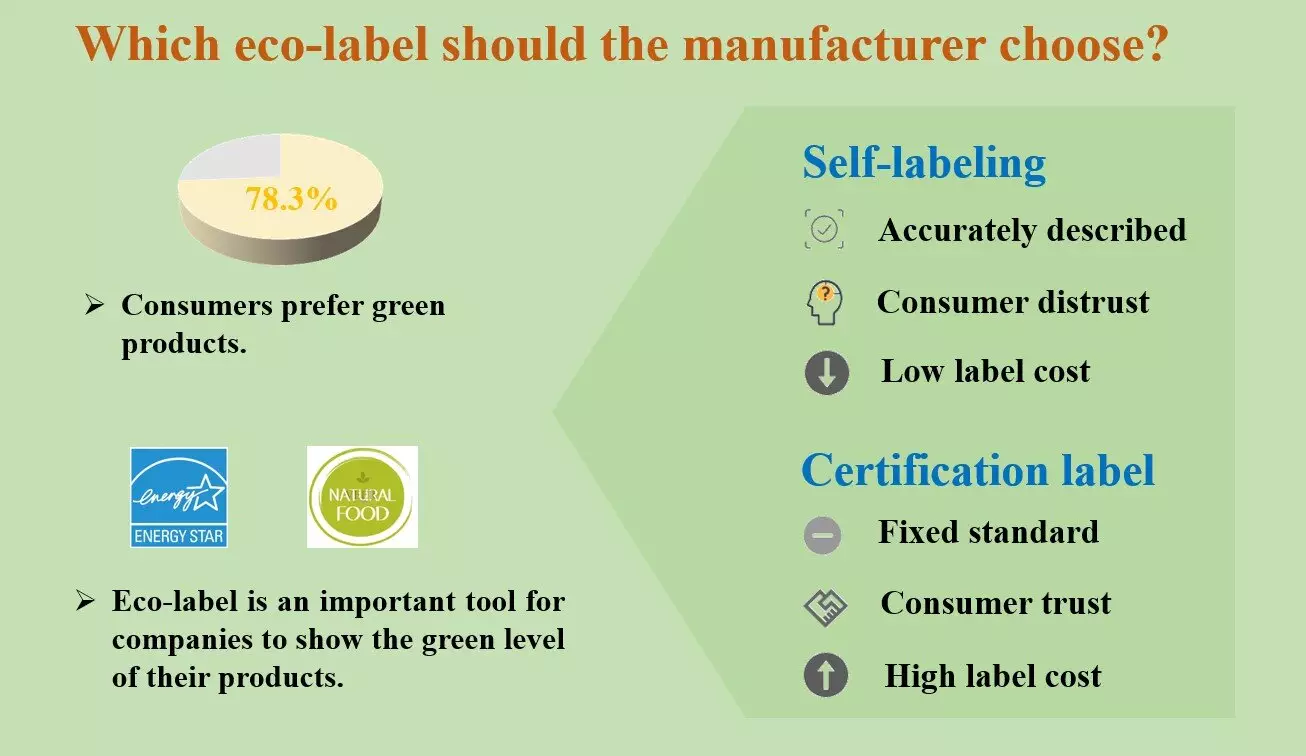In recent years, there has been a noticeable increase in the popularity of the green lifestyle. The 2023 China Consumption Trend Report revealed that a significant 73.8% of customers prioritize purchasing environmentally friendly products. This shift in consumer behavior has led to an increased demand for companies to offer eco-friendly options in their product lines.
Eco-labels have become a prevalent tool used by companies to showcase the green attributes of their products to consumers. These labels can take the form of either certification labels issued by third-party bodies like Energy Star and Organic Food, or self-labeling done by the manufacturers themselves. While certification labels are generally trusted by consumers, they may fail to convey the full extent of a product’s green attributes. On the other hand, self-labeling, such as Wal-Mart’s natural label, tends to face lower consumer trust.
A research team led by Professor Gaoxiang Lou and Professor Yi-Ming Wei delved into the complexities of green supply chains. In their study, they developed a game model involving a manufacturer and supplier within the supply chain. The supplier offers green raw materials, while the manufacturer is responsible for green manufacturing practices and selecting appropriate eco-labels for the products. The study found that there exists a conflict in eco-label preferences between upstream and downstream companies in the supply chain. Suppliers typically prefer certification labels, while manufacturers lean towards self-labeling despite the potential for higher social welfare under certification labels.
Read More: The Dark Truth Behind White Dwarf Stars
To address the conflicting preferences observed in the study, the researchers emphasized the importance of improved coordination among supply chain members. The findings highlighted the necessity of finding common ground in eco-label selection to maximize overall social welfare within the supply chain.
Furthermore, the study explored the expansion of certification label levels from the traditional single level to multiple levels. By introducing multiple levels, such as the five levels of Cradle to Cradle Certified, manufacturers faced a decision-making shift based on consumer trust and the level of difficulty in green investments. The results indicated that when consumer trust in self-labeling is low and the challenge of green investment is minimal, manufacturers are more inclined to opt for multi-level certification labels.
An intriguing discovery made by the researchers pointed out the potential negative impact of consumer green preferences on company profitability when single-level certification labels are adopted. As consumer demand for green products rises, certification agencies may introduce stricter standards that could hinder profitability. This finding underscores the delicate balance that companies must strike between meeting consumer expectations and maintaining financial viability in the green marketplace.


Leave a Reply